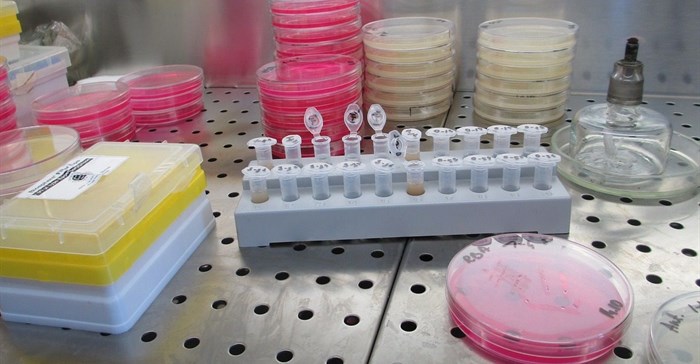
The outbreak is in the crisis phase. However, this is no ordinary crisis. The environment surrounding the outbreak is extremely unique given that the outbreak was uncovered through complex scientific processes and methods in laboratories, over a period of time. It was after doctors started witnessing patients lose lives mysteriously. The first case was reported in January 2017 and by November of the same year, ten months later, over 500 laboratory cases were confirmed. By December 2017, the minister of health announced that 36 people had died. The population took note but remained calm hoping for an early breakthrough.
By the end of January 2017 the number suddenly almost doubled to 63 deaths. Between January and March, the mortality statistics doubled again reaching the highest number of 180 deaths. From this trend, it is clear that for the past three months the authorities have been under extreme pressure to find a link and to implement control measures. It is therefore not surprising that once the source of the outbreak was confirmed by experts, through genome testing a crisis was immediately declared – almost a total of 14 months later.
Soon after the announcement, the implicated food producer, Enterprise Foods a subsidiary of Tiger Brands, had to recall three products – Enterprise polony, frankfurters and viennas. The Tiger Brands share price dropped significantly (7 percent), wiping off about R7bn from the R80bn market cap in a single day referred to as a Black Monday for the company. It is clear that this has been one of the most devastating and fatal outbreaks in recent years – both in terms of risk to human life and profit loss. Other outbreaks such as the 2017 measles, food-and-mouth were quickly identified and contained.
With the confirmation of the link, government authorities, moved swiftly to inform the nation through the mass media and making sure that information is relayed without causing mass panic. The media is also doing its best to extend the message to the citizens as well as to get the entire society engaged.
As I write, the outbreak is still in the crisis phase – the most critical phase for all stakeholders to work together to control the outbreak. It is extremely important for authorities to take competent decisions in the interest of society. Decision-making should be people-centred in order to win the trust of the citizens. The World Health Organisation notes that:
“The less people trust those who are supposed to protect them the more afraid the public will be.”Therefore, a people-centred decision-making process should prioritise the interest of the key citizens immediately affected by the crisis. A triangle of citizens to prioritise should include:
Therefore, swift action by Tiger Brands to recall the affected products is a commendable measure in controlling the spread of the outbreak. This triangle of affected citizens can make or break a crisis campaign.
The Gauteng provincial government, through Life Esidemeni tragedy, has gained important lessons about what happens when the victims and the next-of-kin do not receive priority attention. Ford Kuga fire incidents also come to mind sharply.
Recently, we also witnessed major reputational damages when family members of Sibanye – Stillwater mine employees openly attacked management for not keeping them assured and informed about the conditions of mineworkers trapped underground during a crisis caused by a power failure. A union leader, Joseph Mathunjwa summed it up:
“Mine management doesn’t care about the lives of workers. To them, the lives of mine workers are worthless…”As intellectual arguments about the official analysis of official data linking the source to Tiger Brands’ operations continues lawyers and many other interested parties will enter the space, at times, creating confusion for many. However, communications directed at the triangle of citizens should not be distracted by the confusion irrespective of the boardroom sideshows. At some point, a final conclusion will be reached and someone will have to shoulder the blame and face possible public liabilities, reputational damage or even commercial consequences.
As the boardroom side shows unravel, citizens expect clear, simple and less confusing messaging as minister Aaron Motsoaledi has been doing recently. I have been impressed by how the authorities have made it clear that citizens should dispose or return their affected products – discouraging anyone from trying whatever tricks to disinfect the products. Such a messaging standpoint is crucial in creating credibility and trust.
The World Health Organisation (WHO) notes that it is critical to communicate with the public in ways which “build, maintain and restore trust.” Trust also means full disclosure of the most critical information as well as ensuring the messaging is clear, credible, authoritative and easily understood. Once communicators start delving into half-truths, omissions, complex technical messages with little meaning in order to avoid responding to critical questions, it is easy to lose public trust.
The public expects transparency to demonstrate that nothing is hidden. Therefore, the communication has to be candid and factually accurate even when bad news has to be delivered. Most importantly transparency wins the day when all stakeholders including experts, interest groups, ordinary citizens and even detractors participate openly to enrich discussions.
